7.2 /10 1 Votes7.2
Initial release date 24 April 2005 Genre Puzzle video game | 3.6/5 Download Developer Nuclear Monkey Software | |||||||||||||||||||||||||||||||||
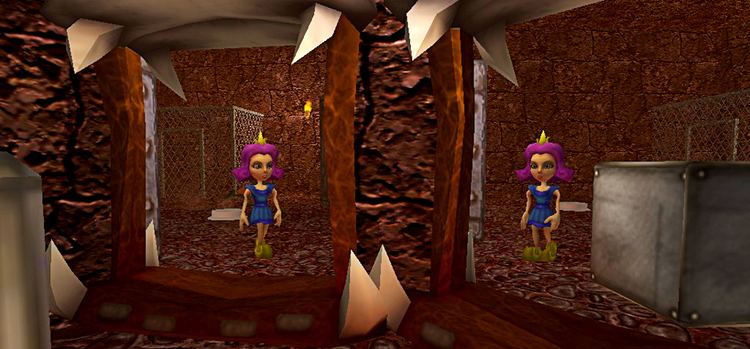 | ||||||||||||||||||||||||||||||||||
Designer(s) Paul Graham, Realm Lovejoy, Scott Klintworth Similar Tag: The Power of Paint, Half‑Life: Uplink, Codename: Gordon, Half‑Life: Decay, The Orange Box | ||||||||||||||||||||||||||||||||||
Let s play narbacular drop full game
Narbacular Drop is an environmental puzzle video game developed by Nuclear Monkey Software. It was released for free online in 2005 for Microsoft Windows. It was the senior game project of students attending DigiPen Institute of Technology. The gameplay consists of navigating a dungeon using an innovative portal system. The player controls two interconnected portals that can be placed on any non-metallic surface (wall, ceiling, or floor). Gabe Newell, co-founder of Valve Corporation, took interest in the team's work and employed the whole staff at Valve. The developers went on to write the critically acclaimed Portal using many of the same concepts.
Contents
- Let s play narbacular drop full game
- Video games toolbox episode 4 portal et narbacular drop
- Plot
- Gameplay
- Awards and honors
- Portal
- References
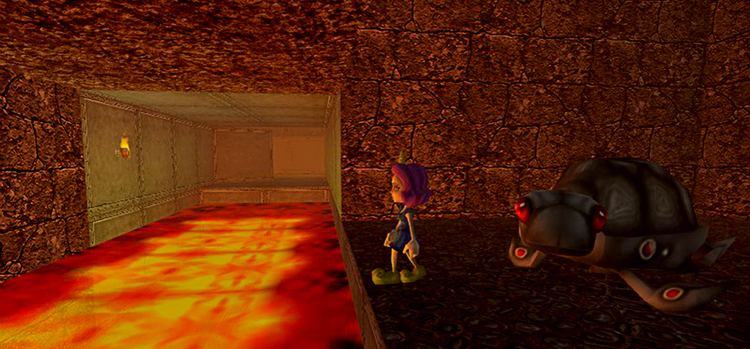
The word Narbacular, which does not exist in any dictionary, was chosen primarily to aid in internet search engine results.
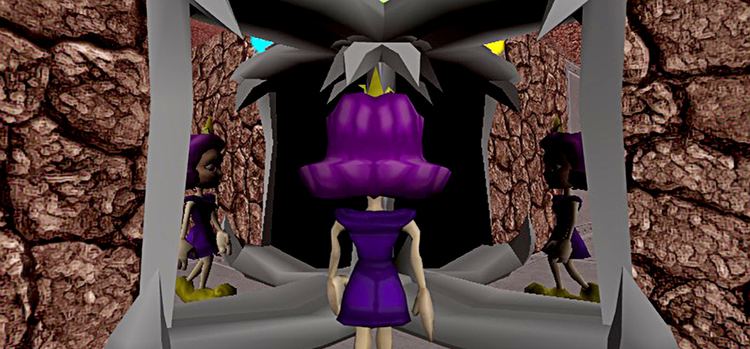
Video games toolbox episode 4 portal et narbacular drop
Plot
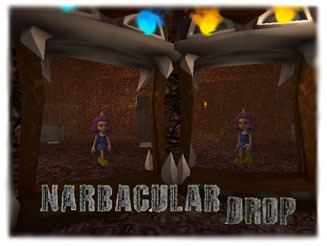
The plot involves the plight of a Princess "No-Knees", so named because she is unable to jump. Captured by a demon, the imprisoned princess discovers that the dungeon she is held in is actually a sentient elemental creature named Wally. Using Wally's portal-making ability, the princess sets out to escape and defeat the demon.
Gameplay
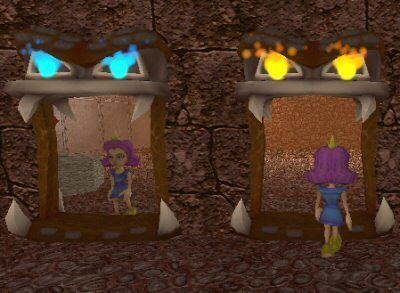
While Narbacular Drop features a 3D world reminiscent of such first-person shooters as Quake, the unique portal element and the character's lack of a jump ability makes navigation and puzzle-solving very unconventional. The player can open a single pair of interconnected portals at a time, each styled as a huge face with flaming eyes (orange or blue to tell them apart as the player repositions one or the other) and an open mouth big enough to see and walk through. Positioned with a point-and-click interface controlled by the mouse, portals are allowed only on natural surfaces and are prohibited from any metal, lava or other artificial surfaces in the game. Aside from the portals, important game elements include switches, boxes and huge rolling boulders which can crush the character. The player cannot save game progress. Because of the lack of a save feature, the game is actually quite short, as commented on by the modern Portal community.
Being mostly a proof of applied concept, the game contains only six puzzles to solve. However, members of the Narbacular Drop forum community have created a catalog of custom maps.
Awards and honors
Portal
Valve Corporation, developers of the Half-Life series, discovered Narbacular Drop after its release and hired the entire development team to work for them. The team developed Portal, which shares some things with Narbacular Drop's concept. In Portal, the player takes the role of a test subject tasked with trying out the "Aperture Science Handheld Portal Device", and along the way discovers that the test facility has been mysteriously abandoned. The main antagonist is a sentient artificial intelligence named GLaDOS, similar to the demon in Narbacular Drop. In Portal, one portal the player created was orange, the other portal blue, similar to the separate orange and blue eyed faces of Narbacular Drop. The game was released on October 10, 2007 on PC, Xbox 360 and PlayStation 3, as part of The Orange Box, to critical and commercial success.
A sequel, Portal 2, was released on April 19, 2011. One achievement and trophy in Portal 2 is called "Narbacular Drop".
